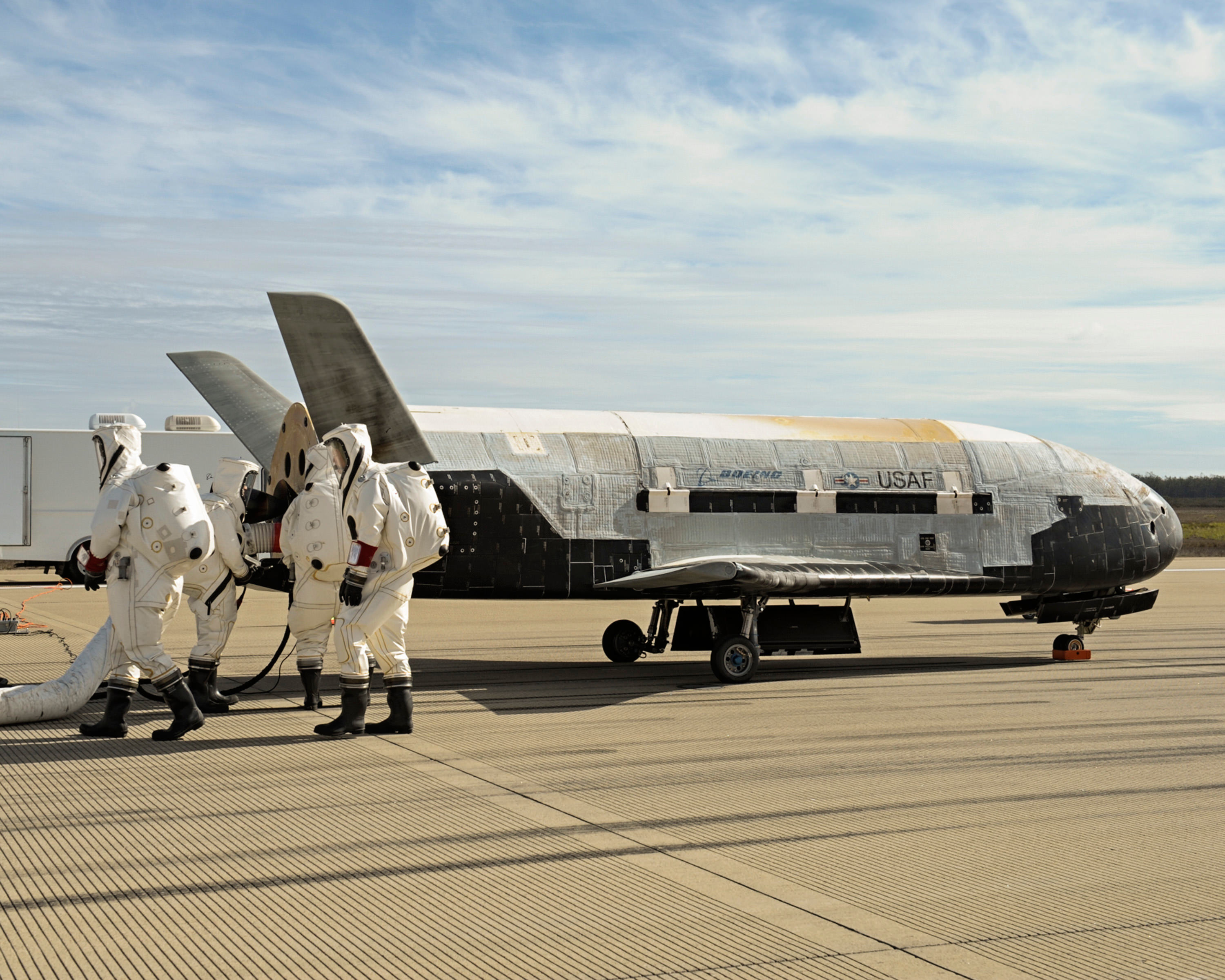If all goes well, ISRO's winged spaceplane will be launched by an expendable single stage solid fuel booster, which powers the spacecraft to Mach 5 (five times the speed of sound) and an altitude of 70 km in five minutes. The RLV-TD then uses its fin and wing controls to glide a bit before starting its descent, touching Mach 5 again, and landing in the Bay of Bengal. Elapsed time from lift-off: 20 minutes. The trickiest part of the flight is the spacecraft’s re-entry into Earth’s atmosphere: Come in too steeply, and it burns up; approach at too shallow an angle, and it skids off the atmosphere, spinning out into space. It is also a huge challenge for spaceflight engineers to deal with the heat generated by friction as the spacecraft plunges through the atmosphere. So the RLV-TD has a ‘blunt’ nose, which, unlike needle-noses, forms a thick shockwave ahead of it to deflect heat and slow the spacecraft more efficiently.









